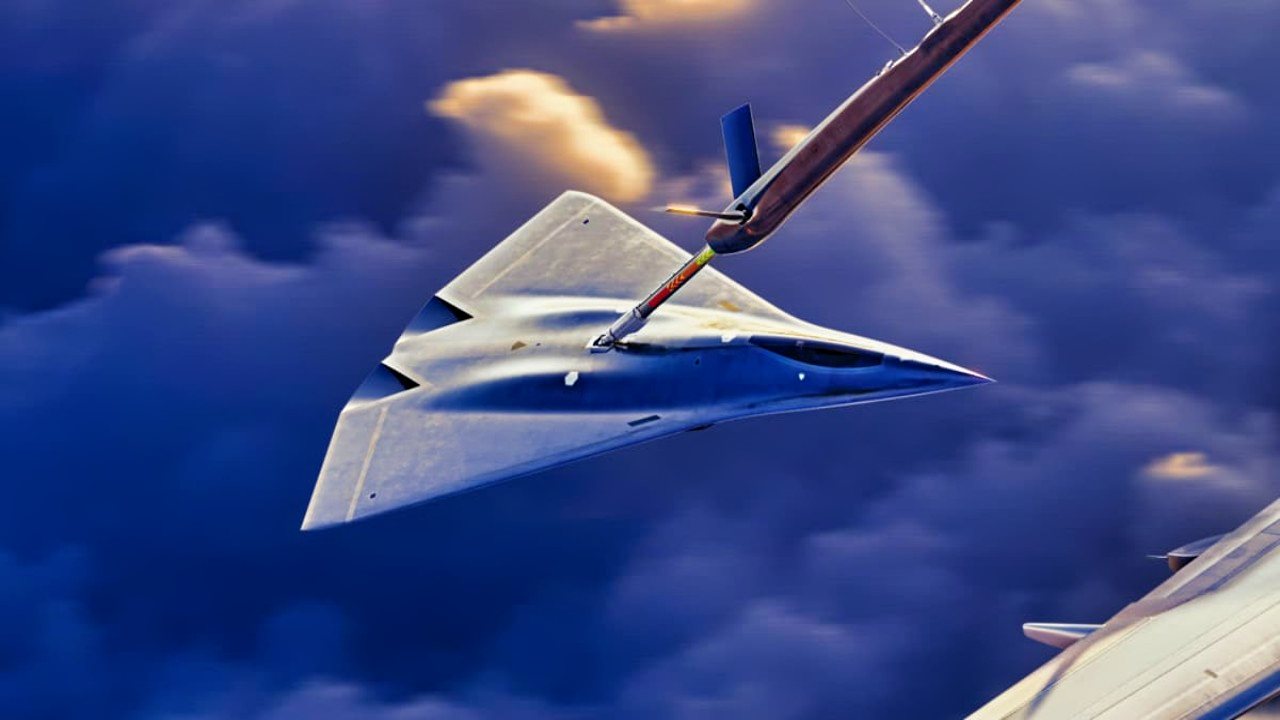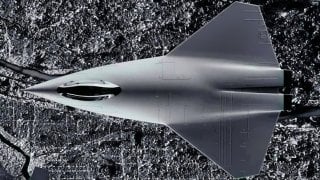NGAD: Why the Air Force Wants a Game Changer 6th Generation Fighter
The U.S. Air Force is advancing in the global race to develop the first sixth-generation fighter jet system, dedicating over $20 billion in the next five years to the Next-Generation Air Dominance (NGAD) program.
Summary: The U.S. Air Force is advancing in the global race to develop the first sixth-generation fighter jet system, dedicating over $20 billion in the next five years to the Next-Generation Air Dominance (NGAD) program.
-This initiative aims to replace the F-22 Raptors with cutting-edge manned jets and Collaborative Combat Aircraft (CCAs) drones.
-As the U.S. strives to maintain air superiority against competitors like China and Russia, the NGAD program evolves with innovations in stealth, propulsion, and weaponry, planning for an operational fleet by 2030.
Futuristic Flight: Inside the U.S. Air Force's Plan for Next-Generation Air Dominance or NGAD
The race to produce the world’s first sixth-generation fighter jet system is on, and it appears the U.S. Air Force is in the lead.
Over the next five years, the Air Force will spend more than $20 billion to develop its Next-Generation Air Dominance (NGAD) fighter. That figure includes the Collaborative Combat Aircraft (CCA) program, which will develop escort drones to fly alongside the sixth-generation jet.
The NGAD is expected to replace the service’s fleet of fifth-generation F-22 Raptor jets. U.S. officials are striving to retain air superiority over adversaries such as China and Russia who are working on sixth-generation programs of their own.
An Overview of NGAD
The NGAD program goes back a decade, when DARPA first undertook studies to explore the air superiority concepts of the future.
Based on the results, the Aerospace Innovation Initiative was spearheaded to research prototypes for next-generation aircraft. The NGAD program was conceptualized to broaden a few technological areas, including propulsion, stealth, and advanced weapons.
The Air Force defines NGAD as a “family of systems” centered on a crewed sixth-generation fighter jet. As mentioned earlier, a variety of unmanned UAVs will fly alongside these fighters. The Air Force revealed last year that it plans to procure a fleet of roughly 1,000 of these drones and 200 NGAD stealth combat fighter jets. The program’s overall high cost is balanced by the comparably miniscule costs associated with flying uncrewed drones. Since China’s People’s Liberation Army Air Force is larger than the U.S. Air Force, creating mass with an abundance of cheaper CCAs is a top priority.
What We Know
While few details about NGAD have been publicly released, analysts have sketched out some of the program’s potential capabilities. In an air-to-ground role, loyal wingman drones would fly ahead of the fighter to jam adversarial radar and communications before destroying surface-to-air missile threats.
In an air-to-air role, the fighter could task its CCA bots to barrage enemy airframes at longer ranges while remaining hidden and better protected. In both scenarios, the addition of uncrewed UAVs is essential.
In 2023, manufacturer Northrop Grumman confirmed that the company would no longer be bidding as a prime contractor for NGAD, leaving Boeing and Lockheed Martin as the two remaining contenders to build the manned fighter.

Earlier this month, the Air Force requested $1.3 billion to complete development of a new engine for the NGAD over the next three years. The NGAD is expected to be operationally capable by 2030, and this engine needs to be ready for flight testing at least a couple years before that.
As geopolitical tensions continue to rise, the timely introduction of the NGAD is essential.
About the Author: Maya Carlin
Maya Carlin, National Security Writer with The National Interest, is an analyst with the Center for Security Policy and a former Anna Sobol Levy Fellow at IDC Herzliya in Israel. She has by-lines in many publications, including The National Interest, Jerusalem Post, and Times of Israel. You can follow her on Twitter: @MayaCarlin.


